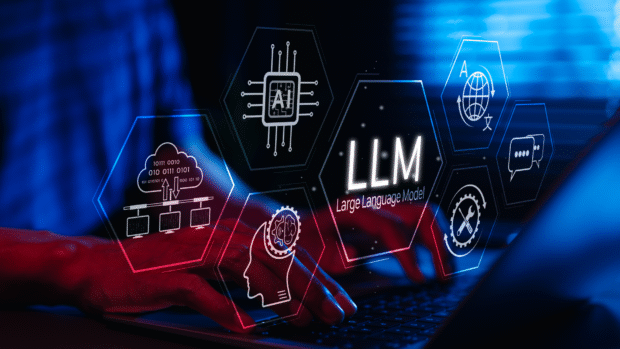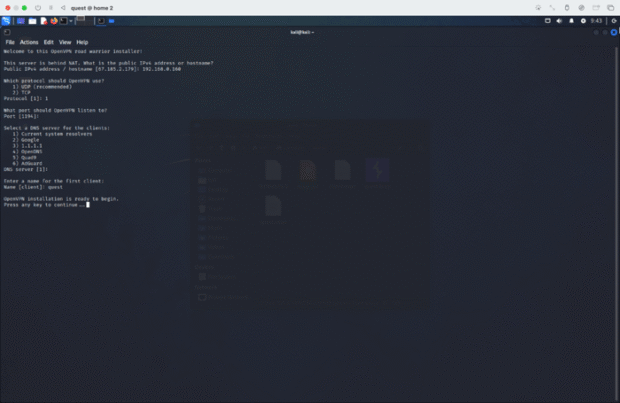
Adapting to Change: Key Strategies for Business Success
In today’s dynamic world, change is inevitable, and for businesses, adapting to these shifts is crucial for survival and growth. From advancements in technology to evolving market demands and unexpected economic challenges, businesses must navigate changes with resilience and agility. This guide explores practical strategies for businesses to adapt effectively and remain competitive, focusing on proactive planning, flexible operations, and a culture of innovation.
1. Embrace Proactive Change Management
Adapting to change begins with a solid change management plan. Proactive change management involves anticipating potential challenges and setting up strategies that allow a business to pivot smoothly. Leaders should prioritize developing a detailed roadmap that outlines specific actions, timelines, and responsible individuals. Additionally, involving employees in the planning process ensures that they are prepared and more receptive to changes when they occur.
A few approaches to proactive change management include:
- Scenario Planning: This technique helps anticipate various potential scenarios, enabling businesses to prepare strategies in advance.
- Stakeholder Communication: Keep stakeholders informed throughout the process. Regular updates help maintain trust and alignment.
For more insights on change management, check out McKinsey’s guide on navigating change.
2. Foster a Culture of Continuous Learning
A company’s adaptability relies heavily on its workforce. Encourage a culture of continuous learning and skill development to enable employees to acquire new skills and knowledge relevant to evolving market demands. Offering training sessions, workshops, and courses on emerging technologies, industry trends, and best practices keeps employees up-to-date and enhances their ability to tackle new challenges.
Some ways to foster a learning culture include:
- On-the-Job Training: Incorporate hands-on experience to develop critical skills.
- Cross-Functional Teams: Rotate employees between departments to build a broader understanding of the organization.
- Professional Development Programs: Invest in development programs that empower employees to upskill.
Explore SHRM’s resources on building a learning culture for more practical tips.
3. Leverage Technology and Innovation
Incorporating the latest technology can transform how businesses respond to change. Whether it’s automating repetitive tasks, utilizing data analytics for better decision-making, or adopting digital tools for remote work, technology enables businesses to respond faster and more efficiently. For instance, artificial intelligence (AI) and machine learning can analyze market trends and predict shifts, offering valuable insights that guide strategic decisions.
Key areas where technology aids adaptation include:
- Automation: Reduces manual tasks, freeing up time for employees to focus on strategic work.
- Data Analytics: Helps predict changes in consumer behavior and market trends.
- Remote Collaboration Tools: Allow teams to work seamlessly across locations.
For further reading on how technology enhances adaptability, visit Harvard Business Review’s guide on digital transformation.
4. Build an Agile Organizational Structure
An agile organizational structure enables a business to pivot quickly and respond to changes with minimal disruption. Traditional hierarchies often slow down decision-making processes, while agile structures encourage flexibility, collaboration, and quick decision-making. Agile organizations typically use cross-functional teams and empower employees to make decisions, allowing the company to adapt to changes faster.
Some practices that foster agility include:
- Decentralized Decision-Making: Empowers teams to respond quickly without waiting for top-down directives.
- Cross-Functional Collaboration: Encourages different departments to work together, fostering innovation.
- Flexible Policies: Adjust policies to accommodate changing market demands, especially in project management and team structures.
For more insights on agility, refer to Agile Alliance’s resources.
5. Adapt Products and Services to Evolving Market Needs
Changing customer preferences and market conditions demand businesses to continuously evaluate and adapt their products or services. Staying updated on consumer trends, conducting regular market research, and collecting customer feedback are crucial steps. By remaining responsive to market needs, businesses can adjust their offerings to better meet customer expectations and maintain their competitive edge.
Practical strategies for product and service adaptation include:
- Customer Feedback Loops: Use customer insights to drive product and service enhancements.
- Market Research: Stay updated on trends, competitors, and evolving customer needs.
- Product Diversification: Offer new products or services that align with changing demands.
For practical insights on staying relevant to consumers, visit Forbes’ advice on adapting products.
6. Prioritize Financial Resilience
Adapting to change often requires financial flexibility. By maintaining a healthy cash flow, reducing unnecessary expenditures, and securing a line of credit, businesses can buffer themselves against financial disruptions. Building financial resilience enables a business to invest in necessary adjustments without compromising its operations.
Here’s how to prioritize financial resilience:
- Regular Financial Assessments: Conduct audits to ensure healthy cash flow.
- Cost Optimization: Identify areas where expenses can be minimized without impacting quality.
- Flexible Funding Options: Maintain a line of credit for times of need.
For expert insights, check out The Balance’s guide on financial management for businesses.
Conclusion: Embracing Change as an Opportunity for Growth
Adapting to change requires a blend of preparedness, flexibility, and innovation. By implementing proactive change management, fostering a learning culture, embracing technology, and maintaining financial resilience, businesses can navigate changes successfully and even turn challenges into opportunities. Embracing change allows companies to not only survive but thrive in an ever-evolving marketplace, setting a foundation for long-term success.
Navigating change is a continuous journey, and by staying adaptive, businesses can achieve sustained growth and remain competitive.










